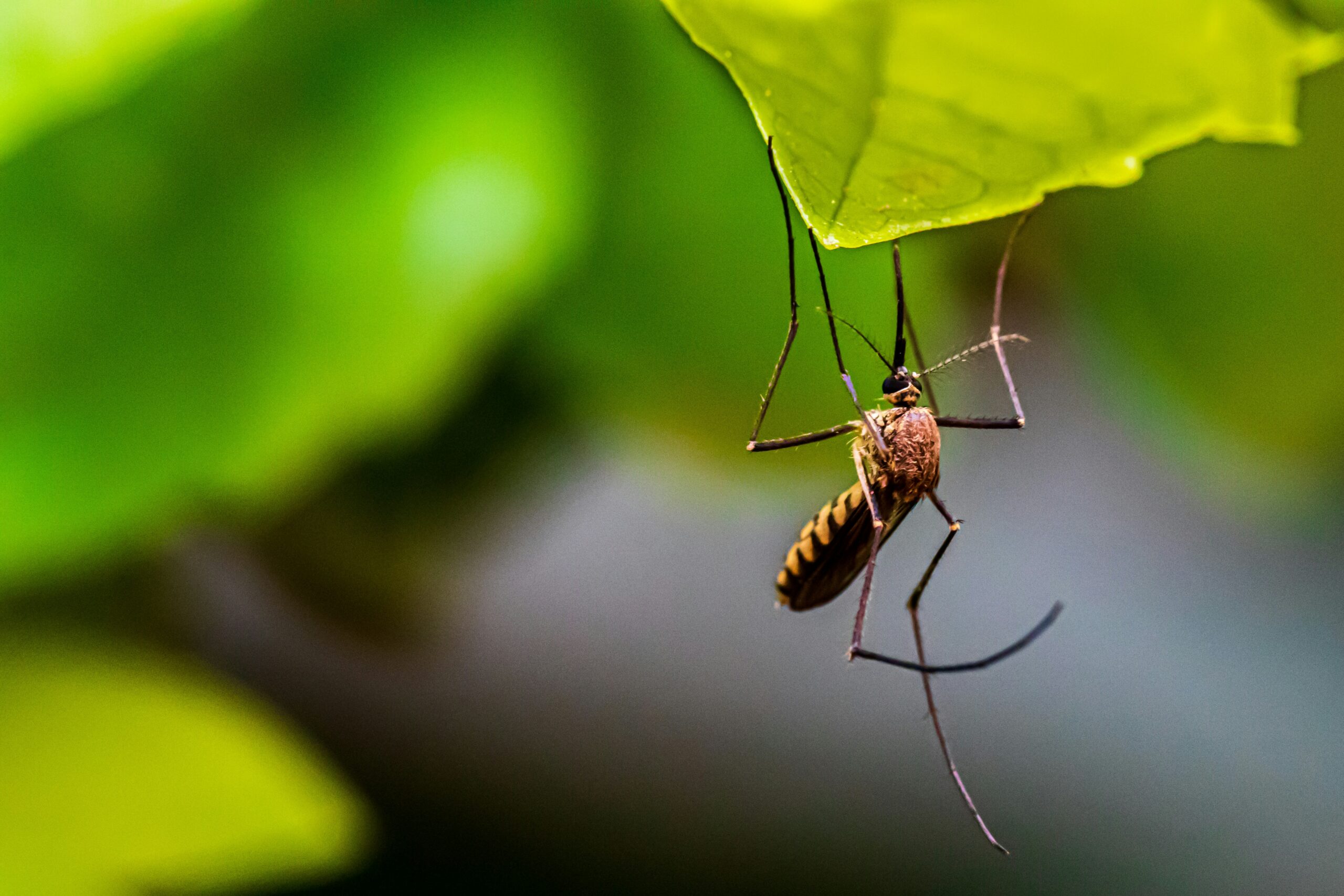Sloth fever, first discovered in Trinidad and Tobago in 1955, is making a comeback. The virus is named after the three-toed sloths in which it was initially found, as these animals played a key role in spreading the virus between insects and other animals, a role they still play today.
Although sloth fever isn’t the only health threat on travelers’ minds, recent health travel advisories have brought it to the forefront. The CDC has issued statements about the virus’s spread to the United States. Here’s what we know about the situation.
More About The Sloth Fever Virus

On August 16, the Centers for Disease Control and Prevention (CDC) issued a Health Alert Network (HAN) Health Advisory, alerting clinicians and public health authorities to the growing concern over the Oropouche virus, commonly referred to as “sloth fever.” The virus is increasing in the Americas but originated in South America and the Caribbean. Cuba, Colombia, Peru, Bolivia, and Brazil have reported over 8,000 cases, including two deaths.
There have been a few cases in the United States and Europe due to travel. The cases in these regions involved travelers returning from Cuba and Brazil. According to Florida’s health department, 30 cases have been reported in the state, all linked to travel from Cuba. In a more recent update on August 27, the CDC confirmed 21 infections, with 20 cases involving travelers from Florida and one from New York. Three patients have been hospitalized.
While the virus is not widely spreading in the United States, health officials are being vigilant. Doctors are on the lookoutfor signs of infection in people who have traveled from Cuba and South America. There is currently no evidence of local transmission within the U.S. In an update on Tuesday, the CDC stated they are “developing a plan for rapid detection and response.” There are currently no vaccines or specific treatments for Oropouche, making it essential for people, especially those traveling to high-risk areas, to stay informed.
Symptoms Of The Virus
Sloth fever symptoms typically appear within a week, with an incubation period of three to 10 days. According to the CDC, around 60% of those infected become symptomatic. The most common symptoms are fever, chills, headache, joint stiffness, and muscle aches. Other symptoms may include dizziness, pain behind the eyes, nausea, sensitivity to light, vomiting, and rash. Most people recover within a few days to a month, but a small percentage may develop serious conditions like encephalitis or meningitis.
What Travelers Can Do To Avoid Sloth Fever
Unfortunately, there are limited ways to protect against sloth fever. The best prevention is avoiding bug bites, especially in high-risk countries. Travelers should use bug spray to repel mosquitoes and biting midges that spread the virus. Outdoor enthusiasts can use window and door screens to keep bugs out. The CDC also recommends that pregnant individuals avoid nonessential travel to areas where infections are occurring, primarily Cuba and Brazil.




